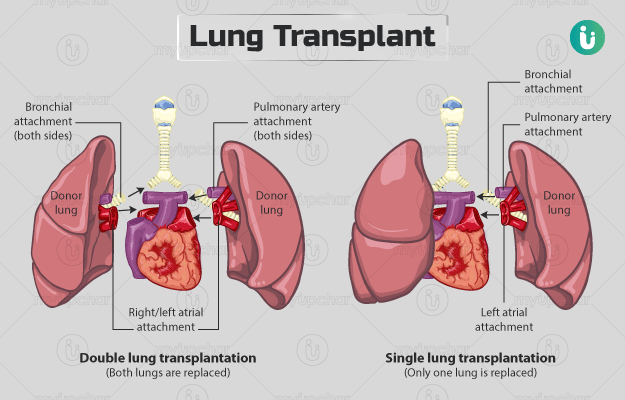Summary
Lung transplant is a surgery that aims to replace a diseased or affected lung with another healthy human lung. This surgery is recommended for individuals with severe, life-threatening lung diseases and a reduced life expectancy without the surgery (12-24 months). You need to undergo a detailed pre-operative assessment to confirm your eligibility for the surgery. Once eligible, you will have to enrol in the waiting list until the availability of a suitable donor. When a suitable donor is available, the hospital will notify you and you have to arrive at the hospital as soon as possible. You need to be hospitalised for about seven to 10 days after the surgery. You may take up to three to six months to completely recover from the surgery.












